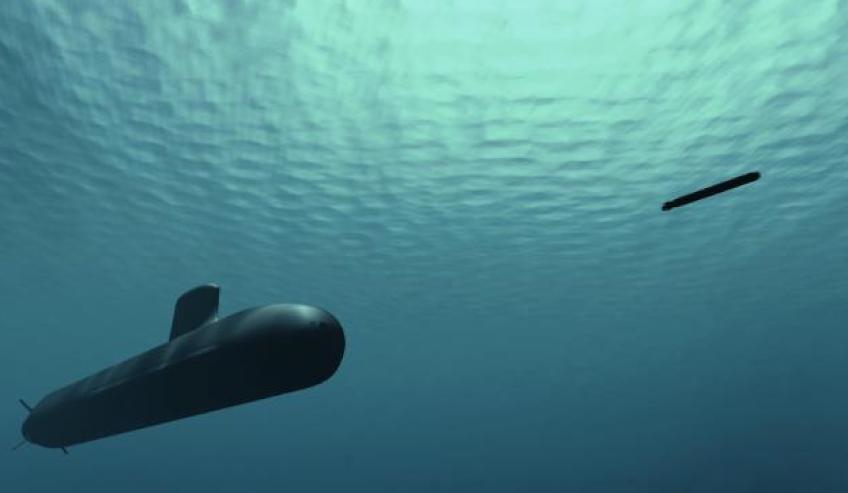The Western Australia government has made it no secret it is dissatisfied with the amount of shipbuilding work that has fallen the way of South Australia, including the build of the 12 Future Submarines by DCNS, nine Future Frigates and two of 12 Offshore Patrol Vessels. DCNS Australia chief executive Brent Clark joined Defence Connect to discuss his thoughts on the outcome.
To continue reading the rest of this article, please log in.
Create free account to get unlimited news articles and more!
Many criticisms have been put forward of SA's capabilities, or lack thereof, in shipbuilding, including their shipyards, which, unsurprisingly, West Australian figures do not believe compare favourably to those at Henderson, WA.
And while some of this criticism may have been fair at the time, Clark believes decisions have been made and any criticisms of SA facilities should now be a thing of the past given the government's commitment to revamping the state's shipyard.
"I think the reality is that the federal government obviously made a decision that it was going to set up its ship construction and submarine construction at Techport in Adelaide," Clark said.
"[The] South Australian government had invested quite heavily at Techport. The federal government had invested quite heavily in terms of the AWD project.
"So there's a lot of facilities and infrastructure that are in place already. From that perspective, reusing as much of those facilities as you possibly can makes good economic sense, from a government's perspective."
In 2015, when Clark was strategy and communications director for DCNS and the company was battling with Japan and Germany to secure the mammoth contract, the now CEO was critical of SA's shipbuilding capabilities, primarily in the way of equipment.
"You don’t have the cold presses. You don’t have the rolling machines. You don’t have all the automatic welders, " Clark said at the time.
"WA has all the auto welders and rolling machines to produce the cans."
When asked what he made of these statements now, Clark said these issues are no longer a problem thanks to new equipment and facilities being brought in to the state.
"You've got to understand that the first thing from our perspective is obviously we've got to build a new shipyard. In terms of building that new shipyard that's obviously when we'll bring in the state-of-the-art equipment to that shipyard. It's not really an issue [now] because we're building a new shipyard and we'll be providing new machines for that shipyard, it doesn't really matter," Clark said.
"At the time, back in October 2015, when we were being asked about the capability of Australian industry around the place ... I guess that was a true statement but it was a statement taken in isolation. Because ... the other part of that conversation was ... that we're also going to be building a new shipyard anyway."
The $50 billion Future Submarine Program is the largest Defence procurement program in Australia’s history. The first of the 12 submarines is likely to begin entering service in the early 2030s. Construction of the 12 new submarines will extend into the late 2040s to 2050 timeframe.

 Login
Login







